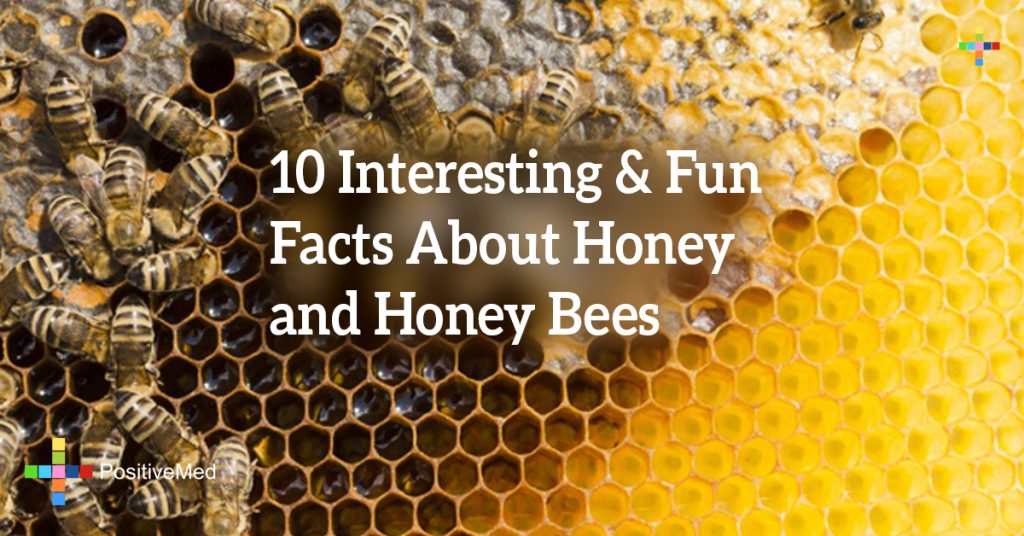
10 Interesting & Fun Facts About Honey and Honey Bees
Edited by: Stephanie Dawson
This wonderfully rich golden liquid is the miraculous product of honey bees and a naturally delicious alternative to white sugar. We know a lot about honey and its unlimited benefits, but many of us don’t know exactly how and where it comes from.
The fascinating process of making honey begins when the bees feast on flowers, collecting the flower nectar in their mouths. This nectar then mixes with special enzymes in the bees’ saliva, a process that turns it into honey. The bees carry the honey back to the hive where they deposit it into the cells of the hive’s walls. The fluttering of their wings provides the necessary ventilation to reduce the moisture’s content making it ready for consumption.

1. There are three types of bees in the hive: Queen, Worker and Drone. Honey bees have five eyes, and four wings that are latched into pairs by hooks.
2. Queen bees will lay as many as 2000 eggs on a good day and an average of one every 45 seconds.
3. Honey is a Hebrew word meaning enchant. Initially it was a culinary sweeter, and now is recognized worldwide as a healing ingredient in medicinal treatment.
4. Honey is 80% sugars and 20% water. Honey stored in air tight containers never spoils. Sealed honey vats found in King Tut’s tomb still contained edible honey, despite over 2,000 years beneath the desert sands.
5. Honey was so in demand in the eleventh century that it was a stipulation for German peasants to offer their feudal lords payment in honey and beeswax.
6. Honey bees from a typical hive visit approximately 225,000 flowers per day. Bees must visit approximately 2 million flowers and fly over 55,000 miles to make 1 pound of honey.
7. Honey is the only food that includes all the substances necessary to sustain life, including enzymes, vitamins, minerals, and water. It’s also the only food that contains pinocembrin, an antioxidant associated with improved brain functioning.
8. Honey bees never sleep, and they communicate with each other by dancing and by using pheromones.
9. Beeswax production in most hives is only about 1.5% to 2.0% of the honey yield.
10. Two tablespoons of honey would fuel a honey bee flying once around the world.





